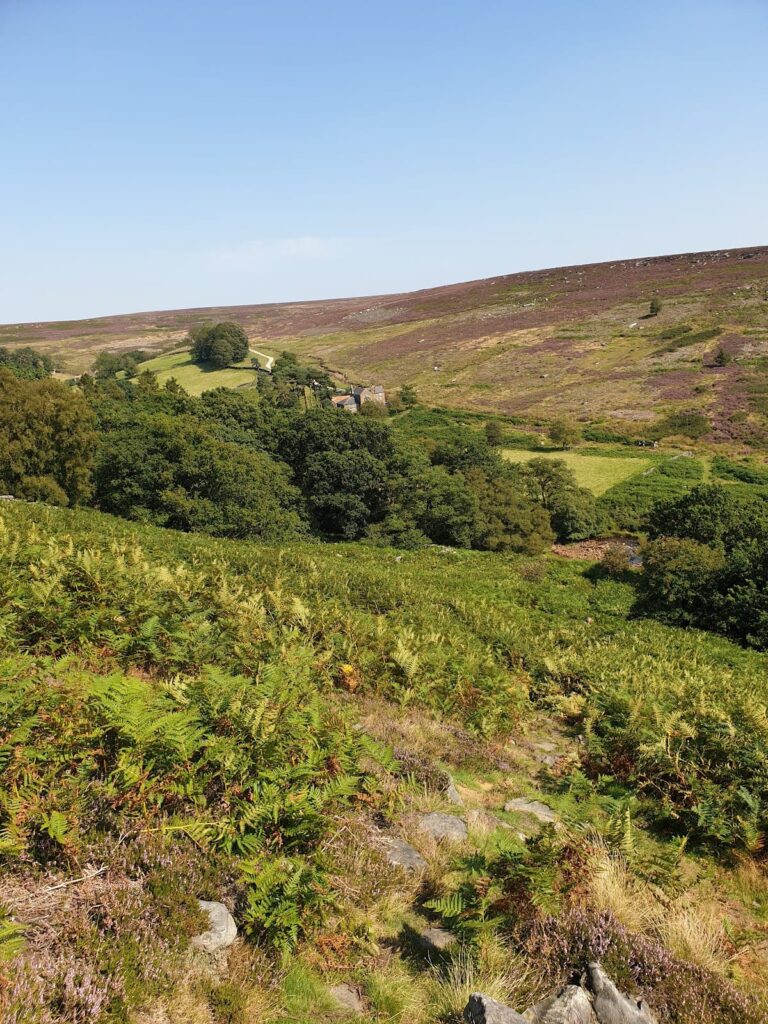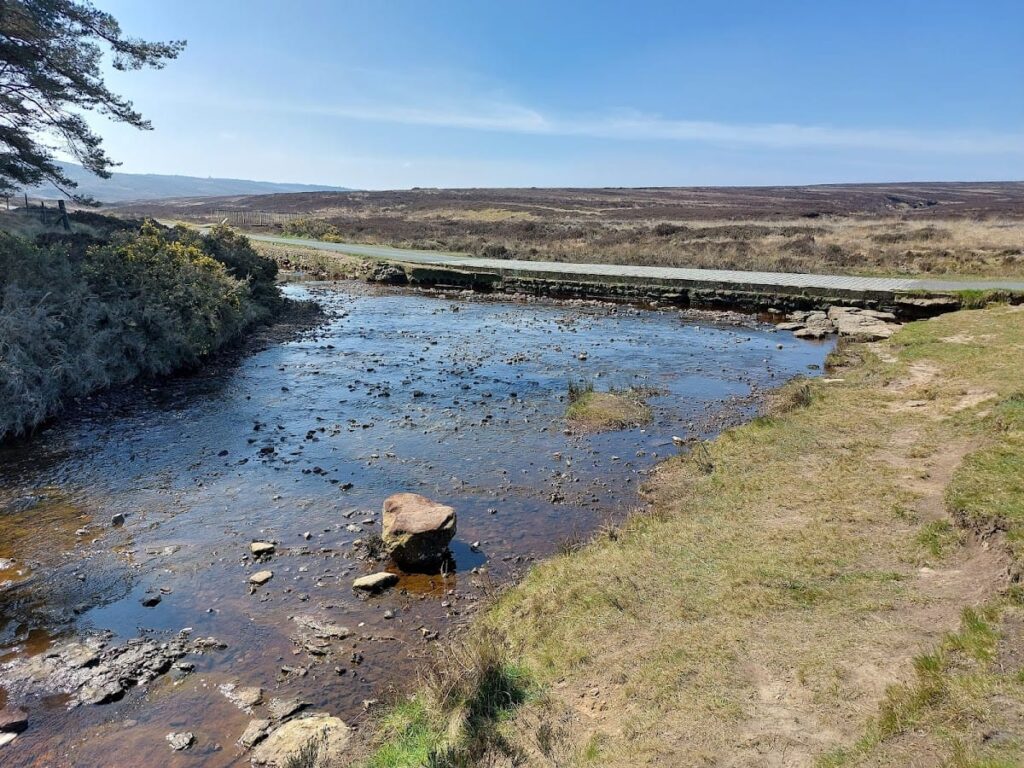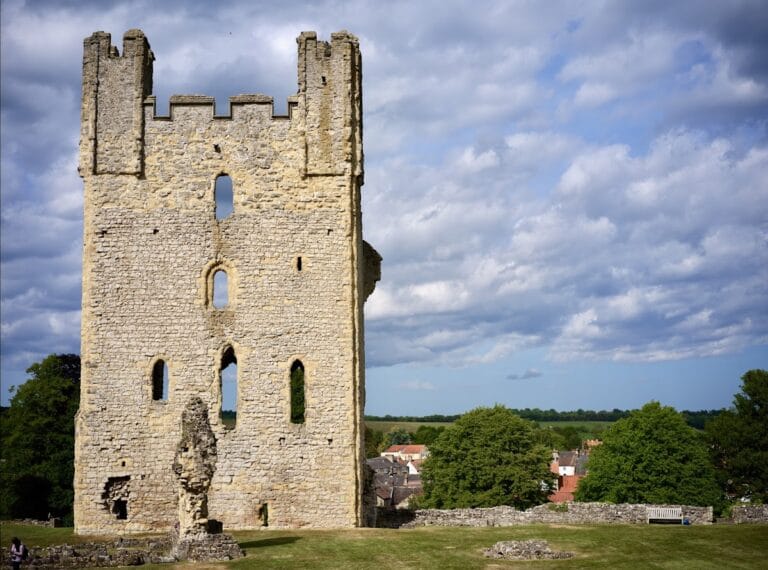Wheeldale Roman Road: An Ancient Route in North Yorkshire, England
Visitor Information
Google Rating: 4.4
Popularity: Very Low
Google Maps: View on Google Maps
Official Website: www.english-heritage.org.uk
Country: United Kingdom
Civilization: Roman
Remains: Infrastructure
History
The Wheeldale Roman Road is located in Wheeldale Road, near Goathland in North Yorkshire, England. It is traditionally believed to have been built by the Romans as a military road. This route likely connected several Roman sites, including the Cawthorn Camps and Lease Rigg fort, and may have extended from Amotherby near Malton to the coast north of Whitby, spanning roughly 33 to 35 miles.
The road was first documented on a map in 1720, where it was identified as a Roman road. Archaeological interest began in the late 19th century, with significant excavation and clearance of the visible section on Wheeldale Moor taking place between 1910 and 1920. These efforts were overseen by the Office of Works, a government body responsible for heritage sites. Mid-20th century investigations by archaeologist Raymond Hayes and others reinforced the interpretation of the structure as a Roman road.
Since the late 20th century, the origin of the causeway has been debated. Some scholars have proposed it may date from the medieval period or even earlier, possibly serving as a boundary marker from the Neolithic or early Bronze Age. No artefacts such as coins have been found to confirm its date, and scientific dating methods have not yielded conclusive results.
The name “Wade’s Causeway” comes from local folklore. It is said to have been built by a giant named Wade, a figure from Germanic mythology. This legend has been part of the area’s cultural history since at least the 18th century. The site has been legally protected since 1913, reflecting its recognized historical importance.
Remains
The surviving section of the Wheeldale Roman Road stretches about 1.2 miles across Wheeldale Moor. It runs roughly north-northeast between specific grid references and lies at an elevation of approximately 185 to 200 meters above sea level. The road is a raised embankment, known as an agger, which measures between 3.6 and 7 meters wide and stands about 0.4 meters high.
The surface is made of closely fitted, flat sandstone slabs, averaging 45 centimeters square, with some slabs reaching up to 1.5 meters wide. The embankment is cambered, meaning it is slightly curved to allow water runoff, and is built from a mixture of gravel, clay, rubble, peat, and soil. Lateral ditches run alongside the road, widening the total width to between 5 and 8 meters. These ditches may be original or added later.
Numerous drainage culverts cross the embankment at right angles to manage water in the boggy terrain. Historical accounts from the 18th and 19th centuries describe the road surface as having a layer of flint pebbles or gravel above the stone slabs, though this layer has mostly disappeared due to weathering and human activity.
The road follows a mostly straight course with several short straight sections that change direction at angles not clearly dictated by the landscape. This suggests deliberate alignment choices during construction. Over time, the structure has suffered damage from natural erosion, ploughing, removal of stones for local building, vegetation growth, and occasional vandalism.
Preservation efforts have included clearing vegetation and minor repairs, but much of the road beyond the visible section is no longer identifiable. Nearby are other archaeological features such as Roman forts, prehistoric burial cairns, and additional Roman road sections.










